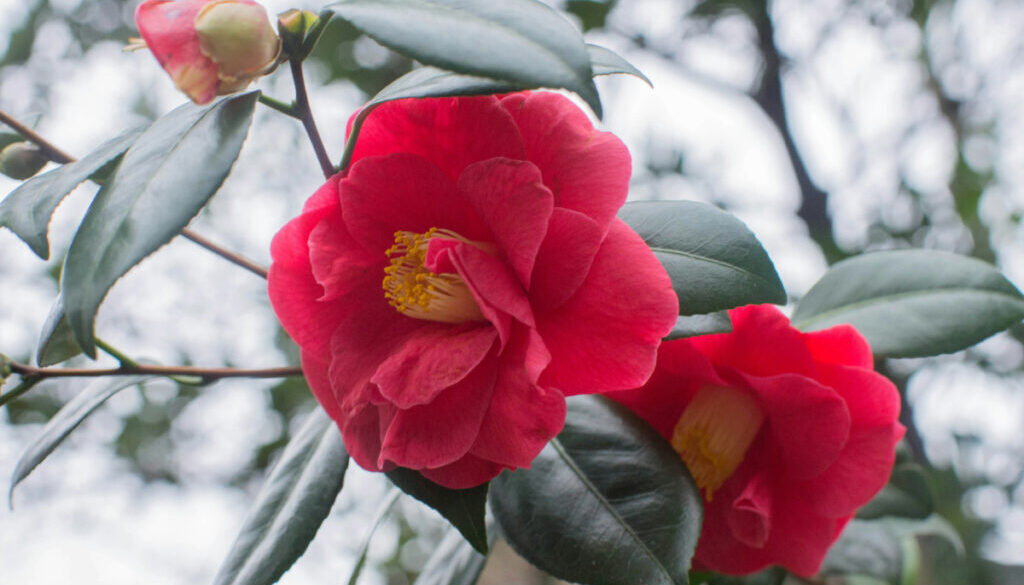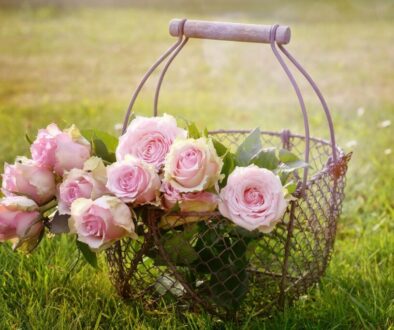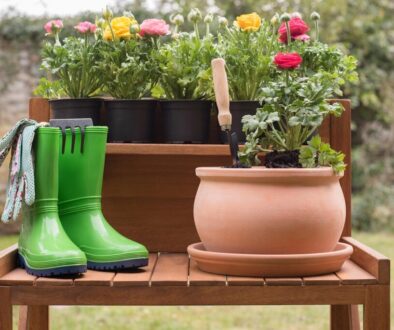Winter Flowering Plants: Brightening Up the Cold Season with Colorful Blooms
Winter might seem dull and lifeless, but guess what? Your garden doesn’t have to be! Even in the chilliest months, some plants defy the cold and bloom beautifully, bringing color and vibrancy to your outdoor space. Whether you’re a gardening enthusiast or a beginner, adding winter flowering plants can transform your garden into a stunning winter wonderland. Let’s explore some fantastic flowers that thrive in winter and how you can care for them.
Why Choose Winter Flowering Plants?
Imagine stepping into your garden on a frosty morning and seeing bright, cheerful flowers greeting you. That’s the magic of winter blooms! These hardy plants not only add beauty but also provide essential nectar for pollinators like bees and butterflies that might still be active. Plus, they require minimal maintenance, making them perfect for both beginners and experienced gardeners.
Winter flowering plants also offer a fantastic contrast to the usual bare trees and frost-covered ground. Their vibrant petals bring warmth and joy to the colder months, ensuring your garden remains lively all year round.
Top Winter Flowering Plants to Grow
1. Winter Jasmine
This bright and cheerful plant is a winter favorite, producing stunning yellow flowers that brighten up even the grayest days. Unlike summer jasmine, winter jasmine isn’t heavily scented, but its resilience makes up for it. It’s a fantastic choice for walls, fences, and trellises, as it grows beautifully when trained against a structure.
Caring for winter jasmine is simple. Give it well-drained soil and a sunny or partially shaded spot, and it will reward you with gorgeous blooms throughout the cold months. A little pruning after flowering will keep it in great shape.

2. Hellebores – The Christmas Rose
Hellebores, often called Christmas roses, are absolute showstoppers in winter gardens. With their nodding, cup-shaped flowers in shades of white, pink, purple, and green, they add an elegant touch to frosty landscapes. These perennials are super tough and capable of withstanding cold temperatures and even snow.
To keep your hellebores happy, plant them in well-draining soil with some shade. They love rich, organic soil and will reward you with stunning flowers from late winter into early spring. Deadheading spent blooms helps encourage new growth and keeps them looking fresh.

3. Camellia
If you’re after a burst of color in the heart of winter, camellias are an excellent choice. Their glossy, evergreen leaves make a perfect backdrop for their lush, rose-like flowers that come in shades of pink, red, and white. Some varieties start blooming as early as autumn and continue throughout winter.
Camellias thrive in partial shade with slightly acidic, well-drained soil. Mulching around the base helps retain moisture and protect the roots from extreme cold. With proper care, these beauties will provide breathtaking blooms for years to come.

4. Snowdrops
Snowdrops are delicate yet tough little flowers that push through the snow to announce the arrival of late winter. Their dainty, white, bell-shaped flowers add a touch of charm to any garden. Snowdrops multiply over time, creating a natural carpet of white blooms.
They prefer moist, well-draining soil and thrive in both sun and partial shade. Once planted, they require little attention—just let them naturalize and do their thing! These flowers are perfect for woodland gardens or planting under trees.

5. Winter Pansies (Viola)
Pansies are the go-to flowers for adding bright, cheerful colors to winter gardens. Available in a range of hues from deep purple to sunny yellow, these flowers bloom throughout the cold months and well into spring. They are perfect for borders, containers, and hanging baskets.
Winter pansies enjoy rich, well-drained soil and full sun to partial shade. Regular deadheading encourages more blooms, ensuring your garden remains colorful even in the harshest weather.
6. Witch Hazel
Witch hazel is a winter gem with its unique, spidery flowers in shades of yellow, orange, and red. Blooming from late fall through winter, this hardy shrub adds both color and a sweet fragrance to your garden.
Plant witch hazel in well-draining soil and a sunny or partly shaded spot. It requires minimal pruning and is resistant to pests, making it an easy-care winter favorite.

7. Cyclamen
Cyclamen is another winter beauty that thrives in cold conditions. Its delicate, butterfly-like flowers in shades of pink, red, and white emerge from heart-shaped leaves, creating a striking contrast against frost-covered soil.
This plant prefers partial shade and moist, well-drained soil. It’s excellent for woodland gardens, pots, or even indoor displays, bringing a touch of winter charm to any space.

Caring for Winter Flowering Plants
Winter gardening is easier than you think! While these plants are hardy, a little extra care goes a long way in keeping them healthy and blooming beautifully.
-
Choose the Right Location: Most winter bloomers prefer well-drained soil and some shelter from harsh winds.
-
Mulching Matters: Adding a layer of mulch helps protect roots from extreme temperature drops and retains moisture.
-
Water Wisely: Watering during dry spells is important, but avoid overwatering as it can lead to root rot.
-
Prune When Needed: Some plants, like jasmine and camellias, benefit from light pruning after flowering to maintain shape and encourage fresh growth.
-
Protect from Frost: Some delicate plants may need extra protection during severe frosts. Use fleece covers or bring potted plants indoors if necessary.
Final Thoughts
Winter doesn’t have to be a dull time for your garden! By incorporating these beautiful winter flowering plants, you can enjoy a burst of color even in the coldest months. Whether you opt for the delicate snowdrops, bold camellias, or cheery pansies, there’s a winter flower for every garden. So, grab your gardening gloves, plant some winter wonders, and keep your outdoor space blooming all year long!
Happy Gardening!




